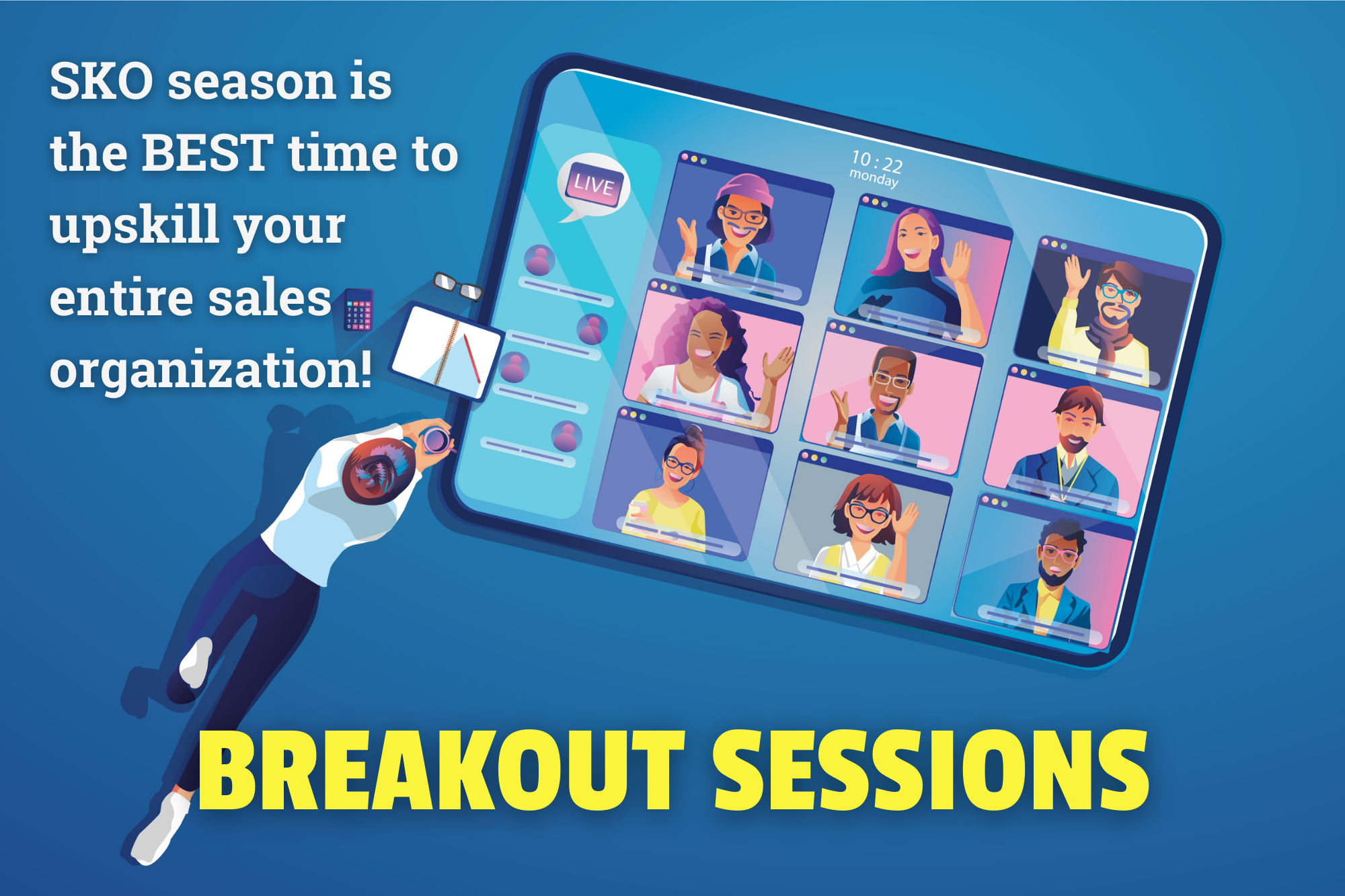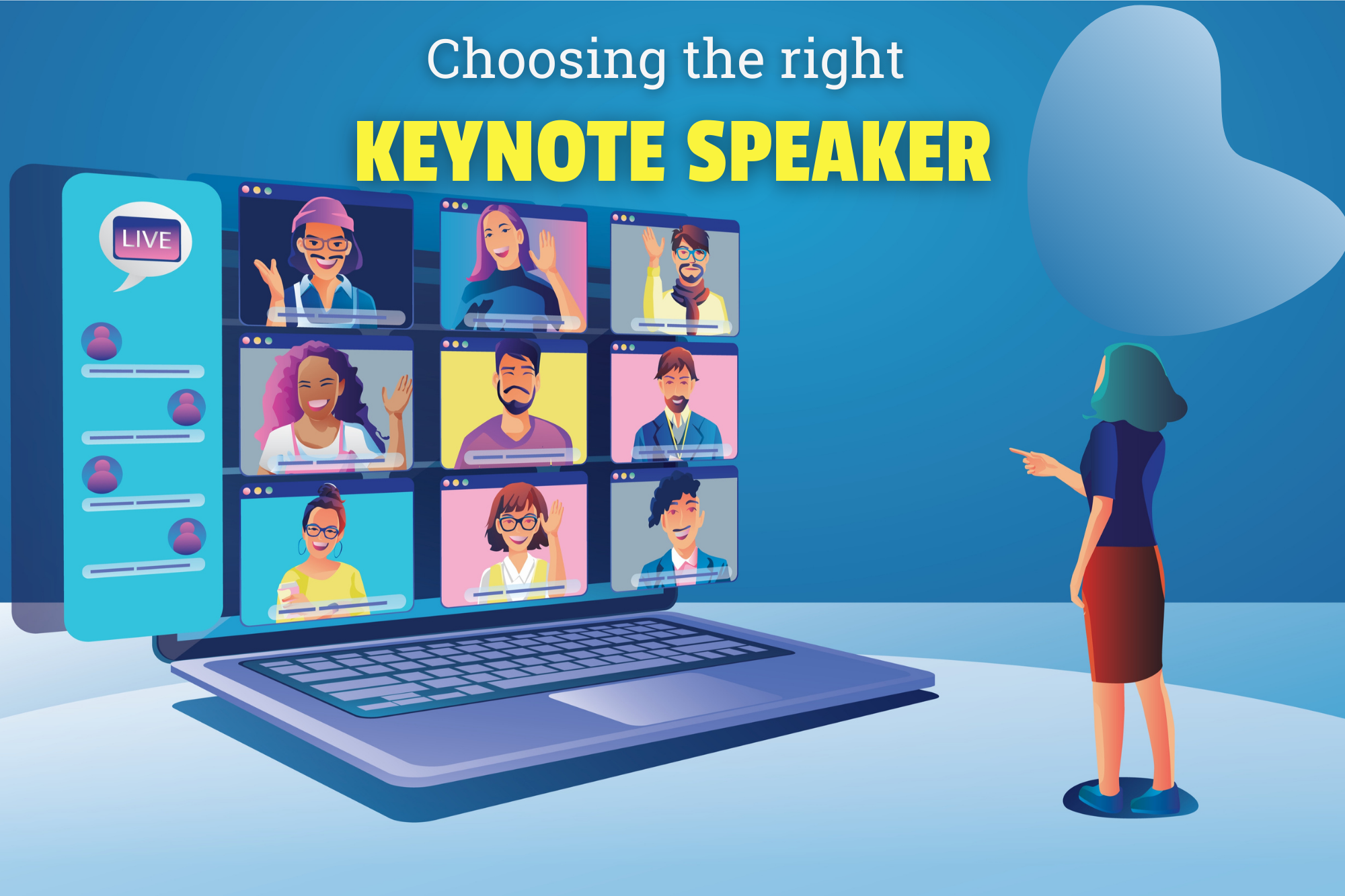1 min read
The State of Customer Success: Next Gen Success
Talk to any next-gen Customer Success leader and they’ll tell you: the role of the CSM is evolving fast. Today’s CSMs are managing onboarding,...

In the Success2Win program from 2Win, many are surprised to learn that a lot of our training is rooted in Triune Brain Theory. Spoiler, this is actually one of the reasons that our training is so successful across various verticals and departments from health care to martech and from customer success to presales. Methodologies catering specifically to customer success may lean into logic and train around metrics, product usage, dashboards, and ROI, but 2Win builds skills that link to deeper universal truths.
Customers are not making decisions on data alone; they use their WHOLE brain, and we want to show you how to activate as many parts of the brain as possible to advance your conversations. We can use the Triune Brain Theory, borrowed from neuroscience, to help customer success managers build resonance with all stakeholders and drive impact that reduce the barriers to adoption, expansion, and retention. Let us show you how this works and why it is important for securing support and driving meaninginful organizational impacts.
Paul MacLean, pioneer in psychiatry, neuroscience, and brain research, introduced the Triune Brain Theory that divides the human brain into three distinct parts with its own functions and is based on evolutionary biology. Maclean’s 1960s work, proposed that the human brain evolved into three distinct layers: the reptilian brain, the paleomammalian brain (or limbic system), and the neomammalian brain (neocortex).
The Reptilian Brain, the oldest part of the brain, evolved nearly 500 million years ago. MacLean posited that this reptilian brain, primarily represented by the basal ganglia, is responsible for basic survival functions and behaviors, such as aggression, territoriality, and courtship. The Reptilian Brain is also responsible for survival, fight-or-flight responses, and basic instincts.
The Limbic Brain is often referred to as the "emotional brain" and evolved early in mammalian evolution, within the limbic system. The limbic system was first identified in a 1952 paper written by MacLean. In the model, it proposes that the limbic system is an "acquired" structure, developing at an early stage in mammalian evolution. This part manages emotions, memories, and social bonding, and is where we trust, fear, and build loyalty.
The Neocortex is the newest area of the brain, responsible for higher-level cognitive functions such as logic, analysis, language, and conscious thought. It is the most developed part of the cerebral cortex and is unique to humans.
Why are we talking about the evolution of the brain 500 million years ago? When we activate these areas of the brain through visual cues, spoken words, and body language, it can help us communicate and drive interactions. Whether we are looking to improve our aptitude and approach for handling difficult conversations, discussing business impacts for expansion, or gaining higher-level access to influence decision-making, what was true 500 years ago remains true today.
In order for our message to resonate with stakeholders, it must pass through various levels or gates of the brain, each of which is activated in different ways. Engaging the reptilian part of the brain is relatively straightforward. For instance, becoming agitated or inadvertently offending your audience can trigger fear or anger responses in either your nervous system or that of the stakeholder. Imagine you're trying to solve a problem, but instead, you ask a question that belittles the client. This can activate the reptilian area of the brain, creating a barrier that is difficult to overcome. Therefore, in all our interactions, we strive to build trust and cooperation.
Next, we have the limbic system, which is crucial for capturing and maintaining audience attention. This part of the brain processes color, sound, symmetry, emotion, movement, and names. A key point to remember is that individuals can rarely focus on more than one thing at a time. When discussing a business impact and using visuals, it's important to explicitly direct your audience's attention to where you want them to focus, as the limbic system can't process multiple elements simultaneously. Tailoring your message to engage the limbic system is essential for drawing your audience in.
Beyond the limbic system is the neocortex, which is responsible for memory and arguably the most critical gate the audience must pass through. Repetition and resonance are vital for enhancing memory and engaging the neocortex. Building associations and developing resonance by using language that reflects the audience’s own terminology helps them fully understand the value of your solution. Most customer success managers naturally engage the reptilian part of the brain while building relationships, but how can we effectively leverage the other areas of the brain in our most important CSM conversations?
Success2Win provides frameworks for the most important conversations for expansion, retention, and adoption. Having difficult conversations, how to drive and discuss business impacts, and how to gain a higher level of access to those who can make decisions are all conversations that next generation CSMs should be ready for. Below are some examples of Triune Brain Theory tips for CSMs.
1. Create Safety in the Reptilian Brain
Before your customer can absorb value, they need to feel safe and supported. CSM’s might already be familiar with the client, so this can look like setting clear agendas, and communicating consistently with existing clients, reassuring them of your presence. In conversations with executives, you may want to minimize the complexity of your solution and reduce perceived risks to stakeholders. Think: here is what to expect today, and here is how it will be simple.
2. Build Trust and Empathy with the Limbic Brain
The limbic system, or the emotional part of the brain, is seeking connection. Not reasoning. Starting conversations by listening, sharing stories, and expressing interest in their challenges are ways to build trust and empathy. Alternatively, if you are presenting something solution-oriented, you can focus on just one slide or point before moving on.
3. Resonate and Reinforce with the Neocortex
Once safety is established and you have developed an understanding of your communication style, it is important to use language that resonates with your audience and highlight commonalities to reinforce the value of the visual aids, reports, and other compelling data you present. Keep in mind the role of the neocortex as you guide conversations about optimization and strategic impacts.
Whether you're onboarding a new account, renewing a long-term customer, or discussing the expansion of your product and capability, the Triune Brain framework helps you become more proactive and less reactive in your role. By understanding how to harness instincts, connect with emotions and visuals, and integrate logic and memory-building, you can raise the barrier to exit with clients. Next-generation customer success managers understand that customer loyalty and long-term value-driven partnerships are built on listening. Still, they may not have considered how activating different parts of the brain can help their engagements transition from reactive to proactive.
Learn more about the 2Win methodologies for Client Success.

1 min read
Talk to any next-gen Customer Success leader and they’ll tell you: the role of the CSM is evolving fast. Today’s CSMs are managing onboarding,...

Part 1 and Part 2 of this series revealed our secret ingredients for successful SKO keynote speakers and SKO soft-skills training sessions. We...

Ahhh, the glory days of a sales kickoff (SKO), where hundreds or even thousands meet for an energizing five days in places like Las Vegas, Singapore,...